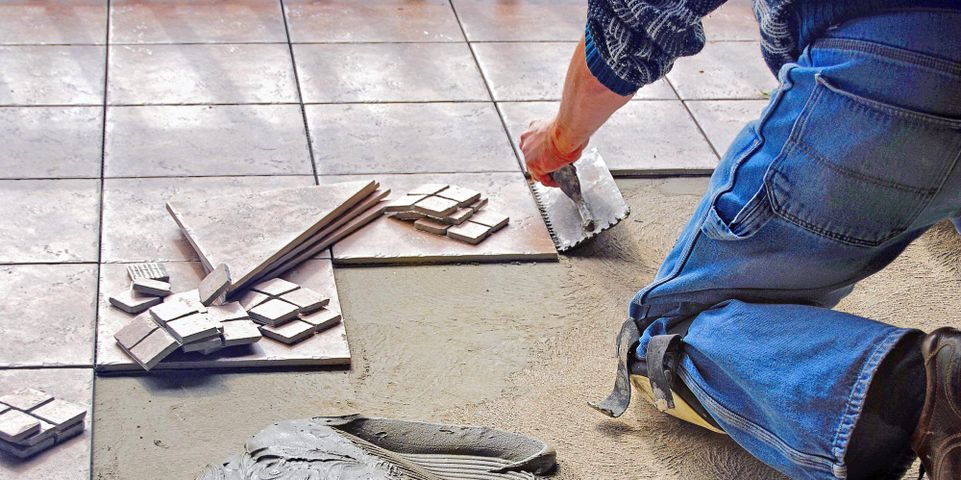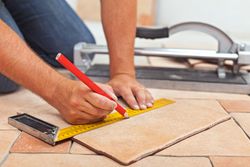
Cracks in wall and floor tiles are eyesores, and grime and moisture can collect in the crevices, creating a breeding ground for bacteria and ideal conditions for mold growth. Here’s what you should know about cracked tiles so that you can properly protect your home.
Causes
Tiles crack from the force of accidentally banging objects against walls or dropping them on the ground. Pressure from heavy furniture and appliances can also cause the flooring to break. If you’re installing floor tiles, make sure the joists of the plywood subfloor are spaced correctly—any shifting can cause the tiles to break. When the concrete substrate breaks, it can cause a reflective crack to form on the tiles above it. This is often the case when the fracture extends over multiple tiles.
Fixes
 If the fracture is relatively minor, a contractor can apply a sealant to fill the break. This will prevent water infiltration that can make the damage worse as well as fungus growth and bacteria buildup that can make you ill. If the crack is large, a professional can replace the affected wall or floor tiles to restore the safety, functionality, and aesthetic appeal of the surface.
If the fracture is relatively minor, a contractor can apply a sealant to fill the break. This will prevent water infiltration that can make the damage worse as well as fungus growth and bacteria buildup that can make you ill. If the crack is large, a professional can replace the affected wall or floor tiles to restore the safety, functionality, and aesthetic appeal of the surface.
Prevention
If constant cracking occurs, have a contractor install a crack suppression membrane under the installation. This solution will provide a barrier between the tiles and subfloor so that the surface material won’t be vulnerable to subfloor issues, such as joist spacing and concrete damage.
If you need to replace cracked wall or floor tiles, contact the team at Pacific Tile Imports in Lihue, HI. These professionals carry a wide range of materials that can match any existing design, and their inventory boasts Kauai’s largest selection of natural stone, subway, and porcelain tiles. They’ll also share project ideas to enhance the beauty of your space. View their products online, or call (808) 245-1765 to ask about their current inventory.
About the Business
Have a question? Ask the experts!
Send your question

